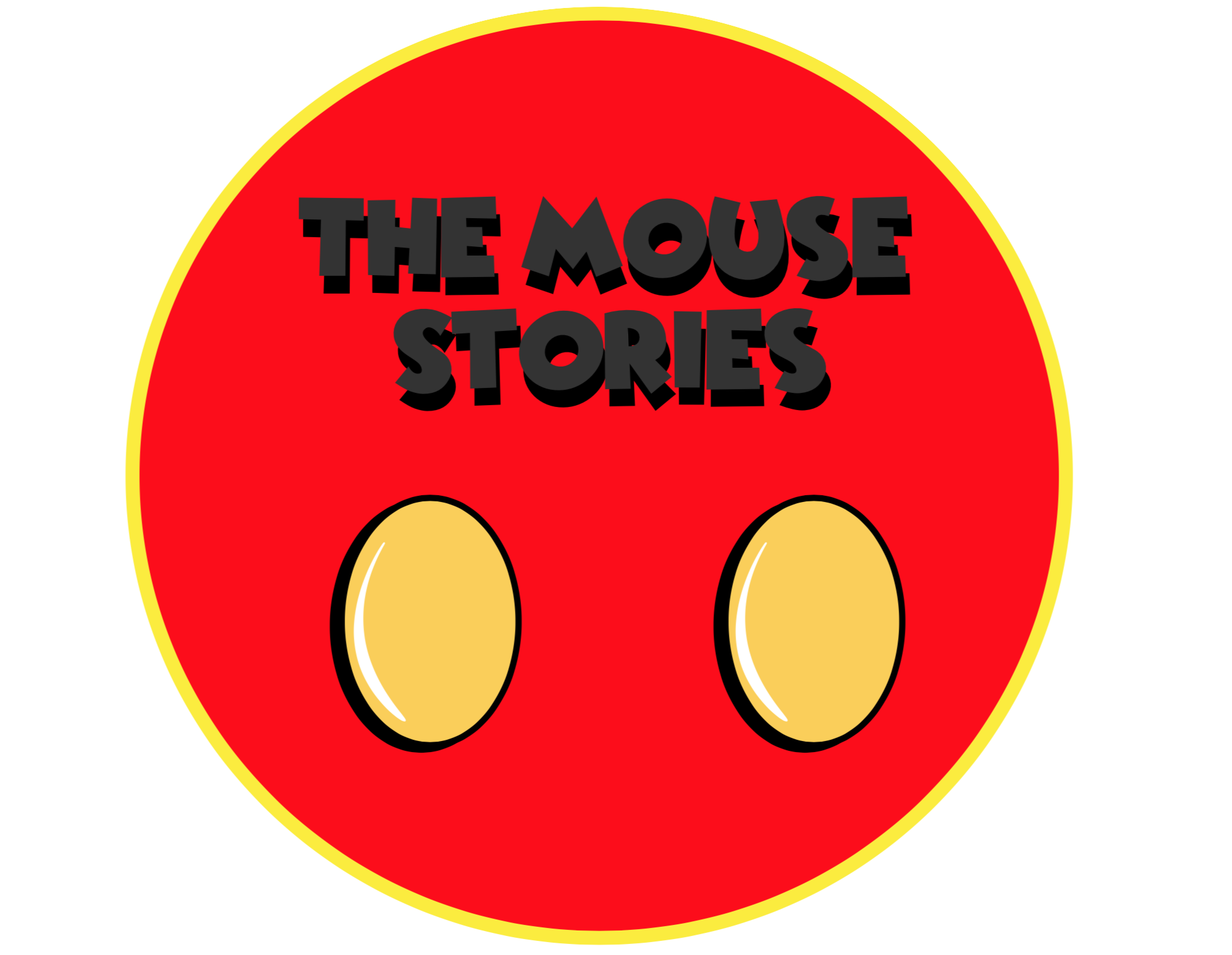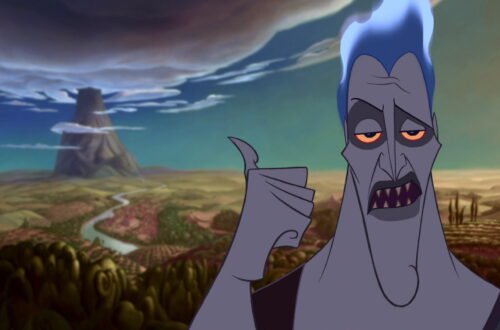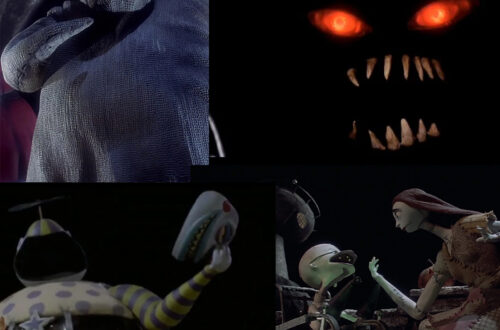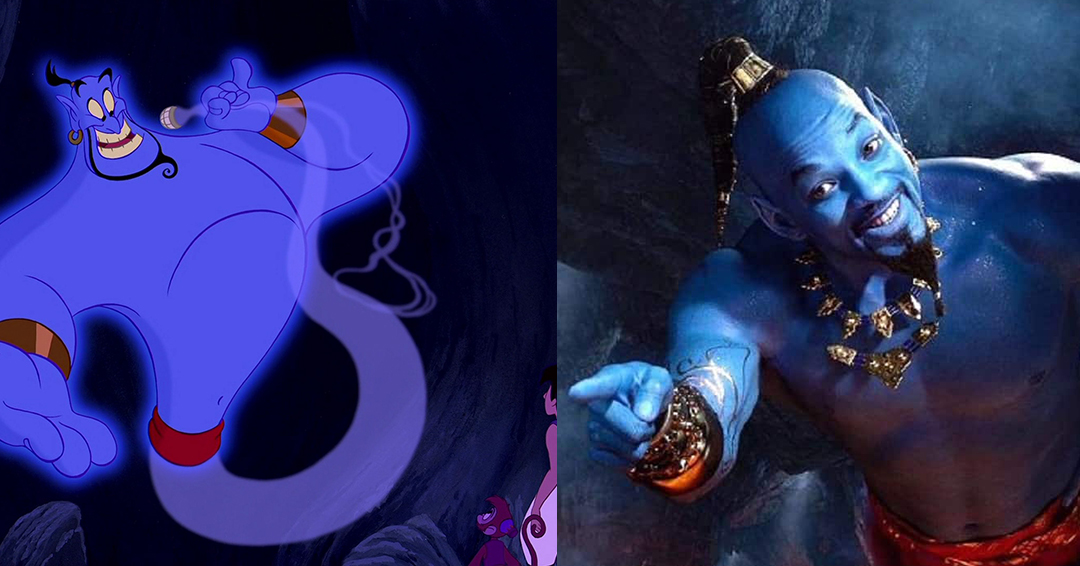
The Genie of the Lamp – The Mythological Origins of the Jinn
If you found yourself face to face with Aladdin’s Genie, what would be the three wishes you would ask for?
How many times have we all wondered about this, fantasizing about what we could have wished for? I’ll let you reflect on that while, since yesterday marked the anniversary of the release of the live-action Aladdin in the United States, I decided to dedicate today’s article to our dear old Genie! Everyone has adored this character, and no self-respecting Disney fan can say otherwise. Those who do either lie or have had a sad childhood. The Genie was equally masterfully reinterpreted by Will Smith in the live-action, successfully stepping into the shoes of such a unique character. In both films, Genie’s role is explained very well and is one of the main pillars of the whole story. That’s why his characteristics have been well explained by Disney artists.
As some of you may already know, the figure of the Genie is based on an ancient mythological figure present in Arab culture called the Jinn. Could I not take advantage of this fantastic opportunity to try to talk to you about it in more depth? So, hop on the magic carpet with me… the mysterious Arabian nights await us!
The Origins of the Jinn
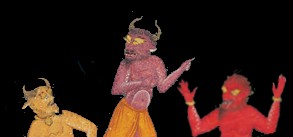
In ancient myths and religious traditions from the Arab world, the Jinn (westernized by us as “Genie”) were supernatural beings belonging to the world of spirits, halfway between the world of angels and humans. They were often associated with demons and had evil characteristics, but as I will explain later, it’s a bit more complex than that.
The origins of beliefs regarding the Jinn are very ancient but not very clear. What is certain is that scholars trace them back to the pre-Islamic period. They are also mentioned in the Quran, and as a result, official Islam has recognized their existence, which has further enriched and developed the stories and beliefs surrounding them. Subsequently, the Jinn have also become part of the folklore of many different countries, such as North Africa, Egypt, Syria, Persia, Turkey, India, and Indonesia, thanks to a vast and diverse literature. This includes the famous “One Thousand and One Nights” collection where the Jinn appear in more than one story. This is precisely why they have also been associated with the world of magic and similar phenomena.
The Classes of Jinn
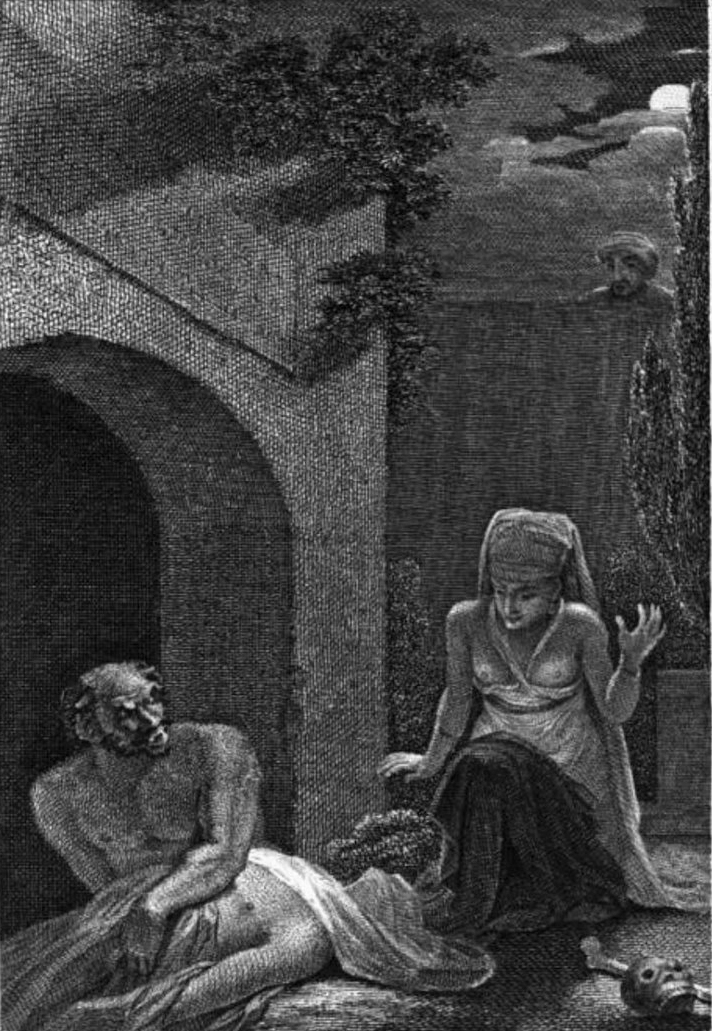
I admit that understanding in detail what the Jinn exactly did and who they were was a bit complex, but in the end, I managed to get a fairly clear idea.
First of all, it should be mentioned that, according to most sources, the Jinn are entities belonging to the world of spirits. They come right after angels and devils and before humans. They are divided into three categories:
- Ghul: These are malevolent spirits of the female gender with the ability to shape-shift. According to ancient legends, they would assault unsuspecting travelers in the heart of the desert. They would distract them by assuming the form of an attractive woman and then devour them. (In short, a kind of desert mermaid.)
- Ifrit: These are diabolical spirits described as enormous creatures, either male or female, made of fire and smoke (although according to some sources, they can also take the appearance of extraordinarily beautiful human beings). They are portrayed as strong and rebellious beings who live in ruins or underground. Additionally, according to some beliefs, Ifrit can be as good as they are evil, but they are more often described as malevolent beings. (In short, a sort of peculiar Arabian Balrog to simplify.)
- Si’la: These are malevolent spirits, also of the female gender, resembling the idea we have of witches. Unlike Ghul, however, they have an unchanging form.
Appearance and General Characteristics
That being said, in a more general sense, Jinn are often described as beings made of flames or air. However, they can take on the form of humans, animals, or monstrous creatures. They also can dwell within any imaginable and inanimate object, such as stones, ruins, trees, air, fire, and so on. According to sources, they have the same physical needs as humans and can be killed. However, unlike humans, they lack physical and material constraints as they are spirits.
Moreover, they usually move extremely swiftly (like our Genie from Aladdin). They can become invisible and choose to reveal themselves only when it suits them or when they are forced to do so by magic. Additionally, since they are often associated with wicked and malevolent figures, the same Iblis (the devil in Islam) is frequently linked to the figure of the Jinn.

According to the stories, humans could control Jinn through the use of specific objects such as rings (or in the case of Aladdin, lamps), and if individuals wanted to protect themselves from their influences, they carried specific amulets suitable for that purpose. Finally, it is said that Jinn preferred to inhabit solitary places outside of cities, such as caves, desert plains, or oases.
Good Jinn and Bad Jinn
According to some sources, God initially created three types of intelligent beings: angels, Jinn, and humans. Out of these three, only Jinn and humans possess free will and can choose between good and evil. That’s why, although the figure of Jinn was generally associated with evil, they could have benevolent and positive aspects as well. According to some sources, Jinn was divided into “believers” and “non-believers.” The believers were good Jinn who followed the teachings of God, while the non-believers were unfaithful spirits associated with the devil and demons. Furthermore, according to Islamic beliefs, both humans and Jinn could be judged and compelled to face eventual salvation or damnation.
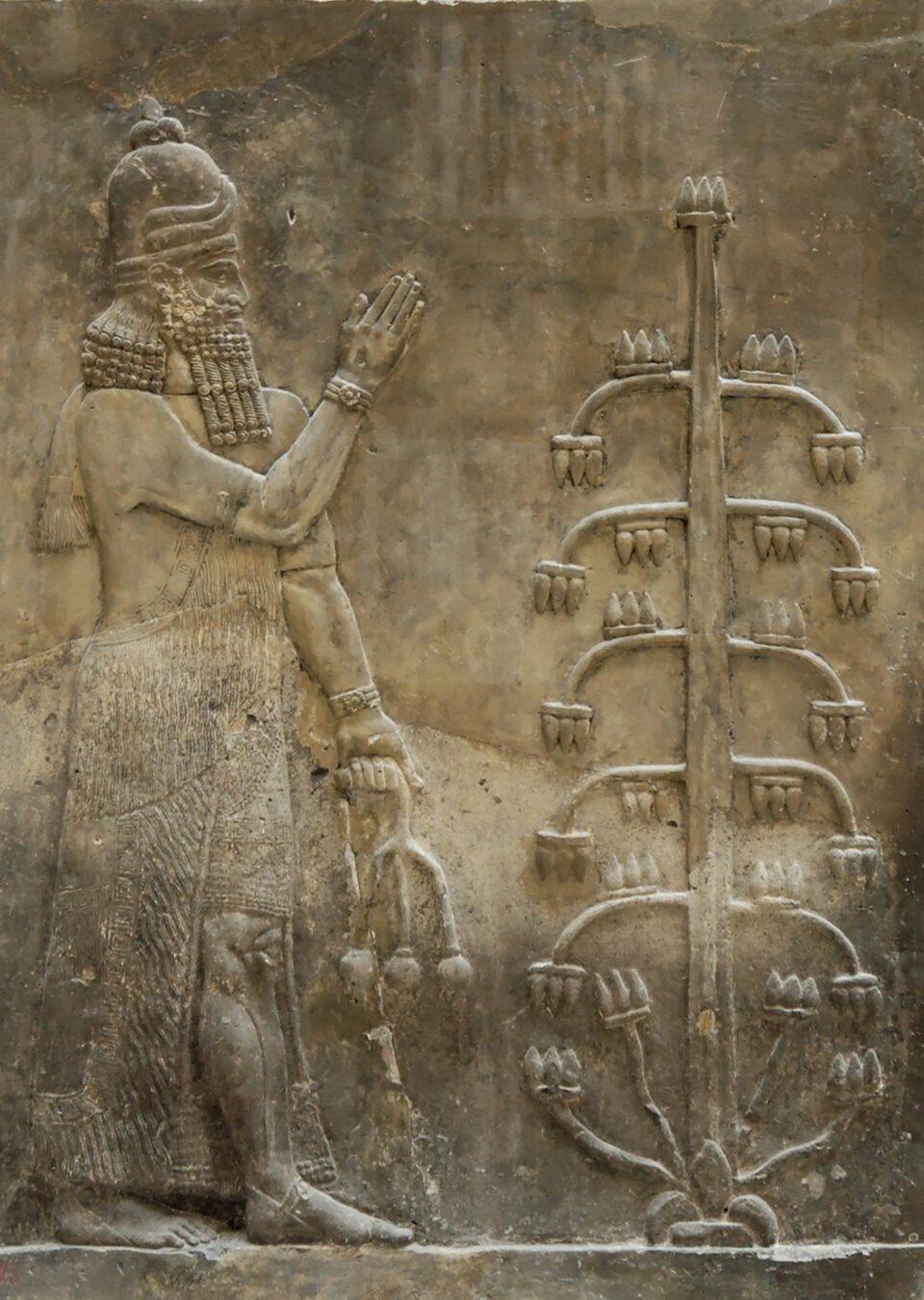
Moreover, according to other stories, Jinn was not simply “good or bad,” but seemed to decide how to behave based on the circumstances they found themselves in. For example, a Jinn could grant a wish but twist its meaning in the process (similar to what happens to the Genie in Aladdin’s ending when, by transforming Jafar into a powerful Genie, he grants his wish but “betrays” Jafar’s expectations, leaving him trapped in the lamp). At the same time, if the situation required it, they could simply appear benevolent and be helpful.
Furthermore, according to some, Jinn took pleasure in punishing humans who had caused them harm. That’s why some stories and legends hold them responsible for illnesses and accidents. However, I wouldn’t categorize them as strictly “evil.” Instead, they would give as good as they got to those who annoyed them (in their way, of course, XD).
Jinn Today
In the contemporary Muslim world, beliefs regarding Jinn are still very much alive among the lower classes. However, today they are considered friends of humans and are only harmful if they are harmed intentionally or unintentionally. They are invoked as spirits whenever assistance or help is needed, and the three types of Jinn I mentioned earlier still play prominent roles in stories and modern folklore. In particular, the figure of the Ghul is often associated with the ogre found in European folklore.
The Disney Genie
The character of Aladdin’s Genie has borrowed many magical and physical characteristics from the Jinn, such as the ability to change shape or dwell within an immaterial object like the lamp. Unlike the Jinn, the evil side has been spared, but it is truly fascinating to see how Disney artists were able to draw inspiration from mythology and ancient stories (primarily from One Thousand and One Nights), taking the best elements and creating a truly unique character that has captured the collective imagination better than many others.
Lastly, if I were to make a wish, I would certainly trust the Disney Genie, but when it comes to the Jinn, whether good or not, I might think twice before doing so. If you enjoyed the article, let us know on our social media channels!
Sources:
- https://www.britannica.com/topic/jinni
- https://www.britannica.com/topic/ifrit
- https://www.lexico.com/definition/jinn
- https://www.treccani.it/enciclopedia/ginn_%28Enciclopedia-Italiana%29/#:~:text=%2D%20Denominazione%20araba%20degli%20spiriti%20che,il%20cui%20singolare%20%C3%A8%20ginn%C4%AB.
- https://www.worldhistory.org/search/?q=jinn+
- https://biblio.toscana.it/argomento/Jinn
- “Mythology in the Middle Ages. Heroic Tales of Monsters , Magic and Might.” – Christopher R. Fee
- https://www.britannica.com/topic/ghoul


